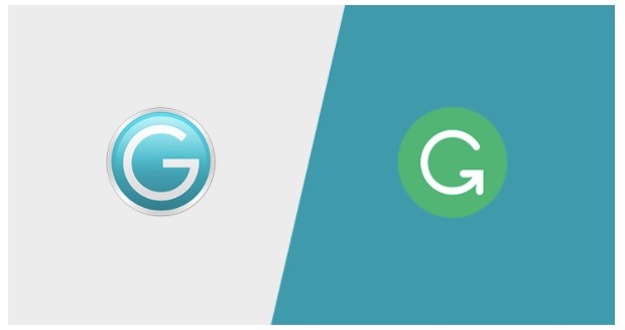Any reputable and passionate writer will know what the best tools are to enhance their writing skills and in checking for things like spelling or grammar errors. But we often hear about all the different software that is out there and never about which ones are actually the better ones that we can use. Sometimes it is just a matter of reading a review like this to point you in the right direction.
Besides the characteristics that stand out for most good writers, like strong vocabulary, desire for reading, clarification and attention to detail most importantly, we would agree that there is nothing wrong in taking that extra precautionary step, with using a little help from an outside source such as a writing development tool https://www.inc.com/kaleigh-moore/the-6-most-important-qualities-of-an-effective-writer.html
We will be taking a look at two of the most popular ones used amongst sound authors of all categories, be it copywriters, ghost writers, journal authors but also budding writers who want to start somewhere.
The two programs we will be looking at are Grammarly and Ginger. By narrowing down information regarding what each program does, what are its features and benefits, we hope you will be able to decide which one to use for your own purposes.
Grammarly
It is well-known and possibly one of the widely used software’s online, it is a Chrome extension that you can install on any computer and once you register with it (for free), it automatically checks your written work. It could also work on other search engines such as Firefox and scans through pretty much everything including social media integrations with the likes of Facebook, Gmail, LinkedIn, Outlook and even Twitter.
Some programs are only designed to pick up items like a misspelled word, and some, that have both technical and contextual know-how, like Grammarly are designed to check a lot more. For instance, it can check:
# Incorrectly used or missing commas
# Any missing articles
# Repetitive Words
# Words Not spelled correctly
# Old or Un-used Spelling Mistakes
# Adjectives incorrectly used
# Verbs incorrectly used
# To name a few.
What is unique and nice about this tool is that it does not only check for mistakes but it also suggests improvements contextually, for instance it will highlight something it think is wrong and make a suggestion to use something else in place of it.
Another advantage is that Grammarly also provides plagiarism checks, which makes your writing a lot more original than some copy and paste end-result. It forces you to think of different ways of expressing sentences.
If you want a more in-depth analysis of your document, you can join one of their monthly paid plans which lets you personalize your settings beyond just checking for spelling and grammar, but also additional information such as reading time and speaking time, rare and unique words used, and lots more.
As per recent statistics about this software, we have found that at least 10 million people are already using this to help them with their writing. Click here to find out more. In identifying errors on the page, one must not full-rely solely on a program itself, after all it is a bot and is also prone to errors – it is always best to do a once-over of your work with the naked eyes too.
The second program we will look at is called Ginger.
Ginger
This is also a similar writing improvement tool; however, its primary purpose is to check grammar. However, the other functionality it offers is:
# Subject-verb agreements
# Adjective articles
# Checking your writing style
# Checking your words
# Checks punctuation
# Sentence structure checks
With this software the monthly priced plan provides additional options such as rephrasing your sentences while giving suggestions of how to put it best, provides a dictionary of terms, and also has the ability to translate the document into almost 50 different languages.
Ginger also works as an extension and you would also need to register an account with your username and password, similar to Grammarly. The web interface is a very basic one, it almost hides in the corner of your screen where you can do all the typing. It feels slightly outdated though. You can find more information about it here.
Users who have had experiences with it tend to relate the problem with trying to get to know the various functionalities of the tool. However, once you do familiarise yourself with it, it makes more sense. The other downside is it feels like a beta version, where the loading times are pretty slow and the program seems geared more towards short writing for example for social media posts or even emails, but not so much for things like professional business blogging or writing web articles on reputable websites where mistakes are not forgiven.
There is now better than the other because everyone prefers different things, and we do not condemn one over the other either. We simply want you to figure out which one of the two fits your agenda (and pocket).
Whether you are writing for a serious cause or just as a hobby, the tools you use will depending on this. A lot of online publications frown at the sight of bad grammar and spelling, and so it is best to choose the better options to become the best at your work. What’s the worse that could happen – your writing skills will improve!

